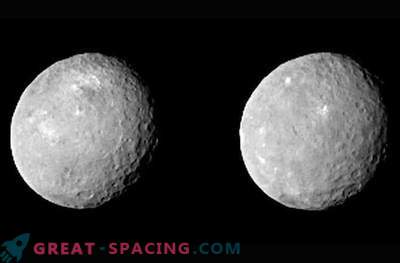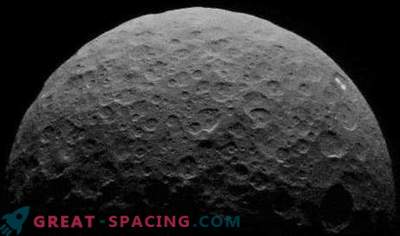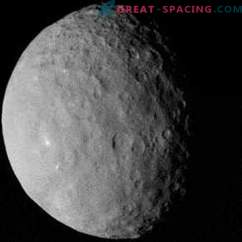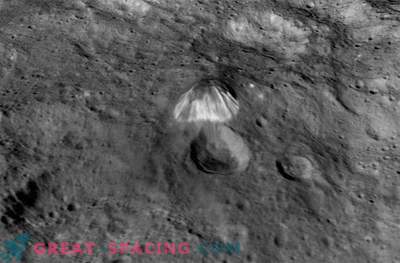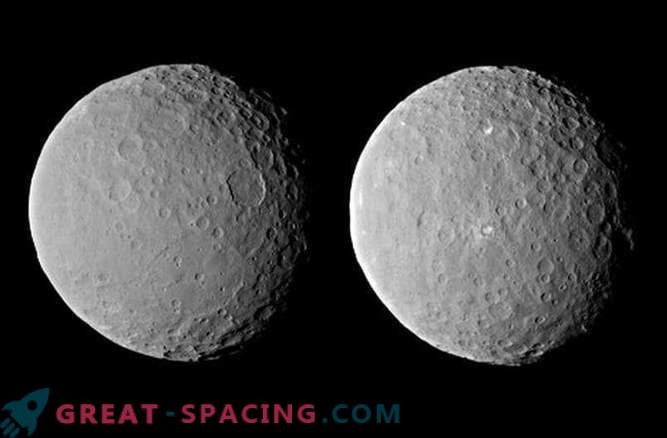
As NASA's Dawn approaches the dwarf planet Ceres, the landscape of the alien world becomes clearer. At a distance of 29,000 miles (46,000 km), the spacecraft revealed several bright spots on the surface, one of which had another bright spot in the neighborhood.
"The bright spot of Ceres can now see a satellite of lower brightness, which seems to be located in the same pool," said Chris Russell of the University of California at Los Angeles and the principal investigator of the mission Dawn. "The source of these spots may be a volcano, but we must wait for better resolution photos before we can draw such geological conclusions."
The light areas of the Ceres surface have long been known, but the low resolution of the photos does not allow scientists to draw conclusions about what they may be. But as the Dawn approaches, we can observe some details of the spots, which may be features of the surface ice.
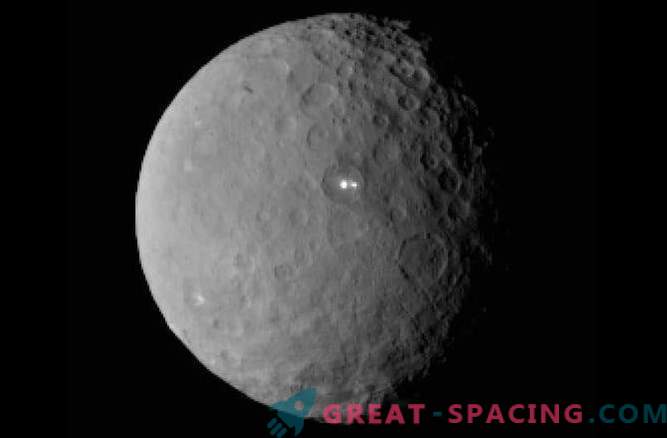
This photograph was taken by NASA Dawn on February 19 from a distance of about 29,000 miles (46,000 km). Cryo - volcanism can take place on cold objects of the Solar system, for example, on satellites orbiting Jupiter and Saturn or dwarf planets in the Kuiper Belt, but instead of molten rocks ejected to the surface, liquid can be ejected to the surface of such objects by radioactive or tidal processes. water, methane or ammonia. After this material has cooled, frozen remains remain on the surface, similar to what we see on the surface of Ceres.
"The bright spot continues to be too small for our camera, but, despite its size, it is much brighter than anything on Ceres," said Andreas Natues, from the Max-Planck Institute in Göttingen, Germany.
Having already visited the asteroid Vesta in 2011, Dawn slowly approaches its second target in the asteroid belt, where he will continue to study for the next 16 months. Soon after, the spacecraft’s fuel supplies will run out, and it will remain in orbit around the dwarf planet forever. But before that happens, Dawn will provide us with invaluable knowledge about the inner dwarf planet of the solar system.





